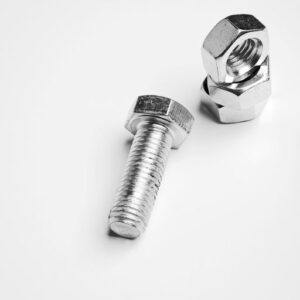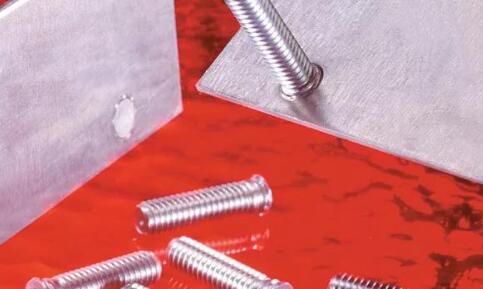Fastener Thread Terminology and Terms

Fasteners, from screws to bolts and nuts are the backbone of any mechanical components maintaining the stability and functionality of different household items, structures, and machinery. For nearly any type of product we use in our daily lives fasteners hold its parts together, but how does it work or function effectively? Let’s unveil some of the configurations and intricate parts of fasteners to understand them better.
Definition of Thread

Threads are a significant part of the body and functionality of screws, bolts, and nuts to provide security on assemblies—thread forms around the cylindrical or conical surface of the body of the fastener. There are different types of fastener threads comprising their own unique properties.
Different Fastener Thread Classes
- 1A and 1B: This thread class is often used in applications that require loose fitting or spin-on assembly.
- 2A and 2B: The thread class for standard screws which are usually used in the majority of industrial and commercial applications.
- 3A and 3B: A thread class is ideally used for mating parts of high-quality work or closed fitting.
Pitch, Thread Count, and Diameter
The fundamental characteristics of fastener thread – pitch, thread count, and diameter are the foundation that tells us how they work and interact. Pitch refers to the distance between one point to the next corresponding point of each thread, its the stride length measured parallel to the axis. While thread count is measured in threads per inch which tells the number of present threads in a fastener. And diameter defines the crucial dimension of width across the crest of the threads.
Thread Forms
There are a variety of types of thread forms that influence their load-bearing capacity, efficiency, and manufacturing complexity. The most common type of thread form is the V-thread or the triangular point, square thread which is the usual geometry of bolts is known for suitability in heavy loads, and lastly, Acme thread with a trapezoidal shape is designed for enhanced strength and load distribution.
Thread Direction and Start
The thread direction has a great impact on the mechanical behavior of fasteners, they can either be right-handed(clockwise) or left-handed (counterclockwise). While thread start can have single-start or multi-start, wherein one can have a continuous helix or involve multiple intertwined helices.
Thread Engagement and Clearance
Mating threads can have two types: female and male threads. The engagement between both threads should be measured accordingly in length to create a secure connection and help distribute loads effectively. Clearance refers to the space between the crest of the male thread and the root of the female thread. Proper clearance of each thread type can prevent interference during mating and operation.
Thread Standards
The common standards of thread include Unified Thread Standard (UTS) and ISO metric threads, they are guidelines of measurements for the threads of fasteners to maintain harmony in the industry,
Thread Locking Methods and Materials
Although threads are known to provide security and tightness in connection with objects, thread-locking compounds can be added to prevent unintentional loosening caused by vibrations.
Understanding fastener thread terminology and terms helps in choosing the right kind of devices for your project. It is important to have security and safety on assemblies and applications of fasteners to be able to prevent catastrophic accidents. For more fastening tips please contact us – Prince Fastener Manufacturing Co., Ltd.